Anime has long captivated audiences with its colorful art, complex characters, and intricate storylines. But transitioning from the 2D realm to live-action is a formidable challenge, fraught with the perils of cultural translation, budget limitations, and sky-high fan expectations. Yet, when done right, live-action adaptations can breathe new life into beloved anime series, offering a fresh perspective while honoring the original material. In this article, we delve into the Top 10 Live Action Adaptations of Anime, ranking them based on their faithfulness to the source material, storytelling prowess, and overall impact. From action-packed samurai tales to heartfelt dramas, these adaptations offer a different, yet complementary, experience to their anime counterparts.
Top 10 Live Action Adaptations of Anime
“Rurouni Kenshin Part I: Origins” (2012)
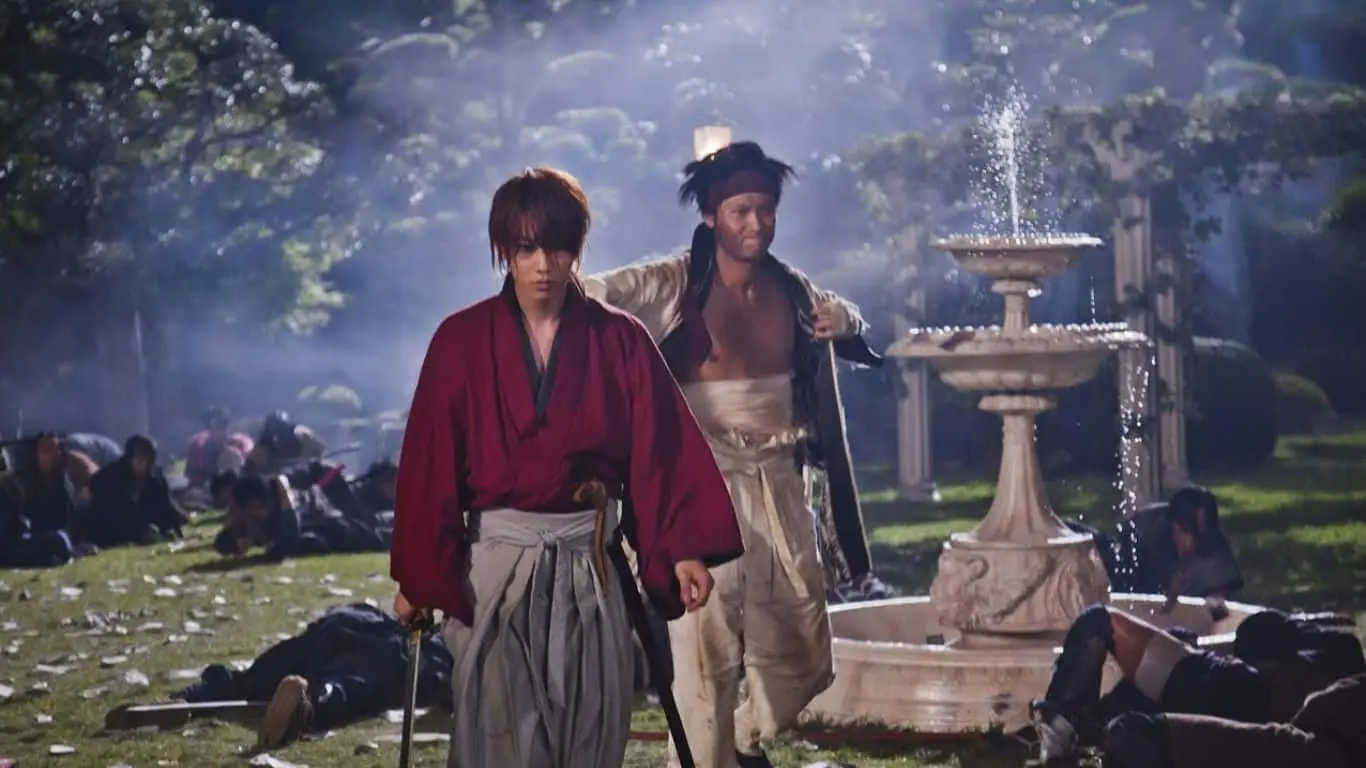
It is a stellar live-action adaptation that successfully brings to life the iconic world of Himura Kenshin—a wandering samurai who has sworn off killing. Directed by Keishi Ohtomo, the film strikes a harmonious balance between fidelity to its source material and cinematic artistry. It immerses audiences in the Meiji era, capturing not just the visuals but also the nuanced emotions and internal conflicts of its characters. The choreographed fight sequences are visual spectacles, blending traditional samurai swordsmanship with the unique, non-lethal fighting style of Kenshin.
The film is part of a larger five-movie arc released between 2012 and 2021, giving fans a detailed exploration of this legendary tale. Whether you’re new to the franchise or a long-time fan, “Rurouni Kenshin Part I: Origins” serves as a compelling entry point, making it one of the most successful anime-to-live-action adaptations to date.
“Alice in Borderland” (2020)
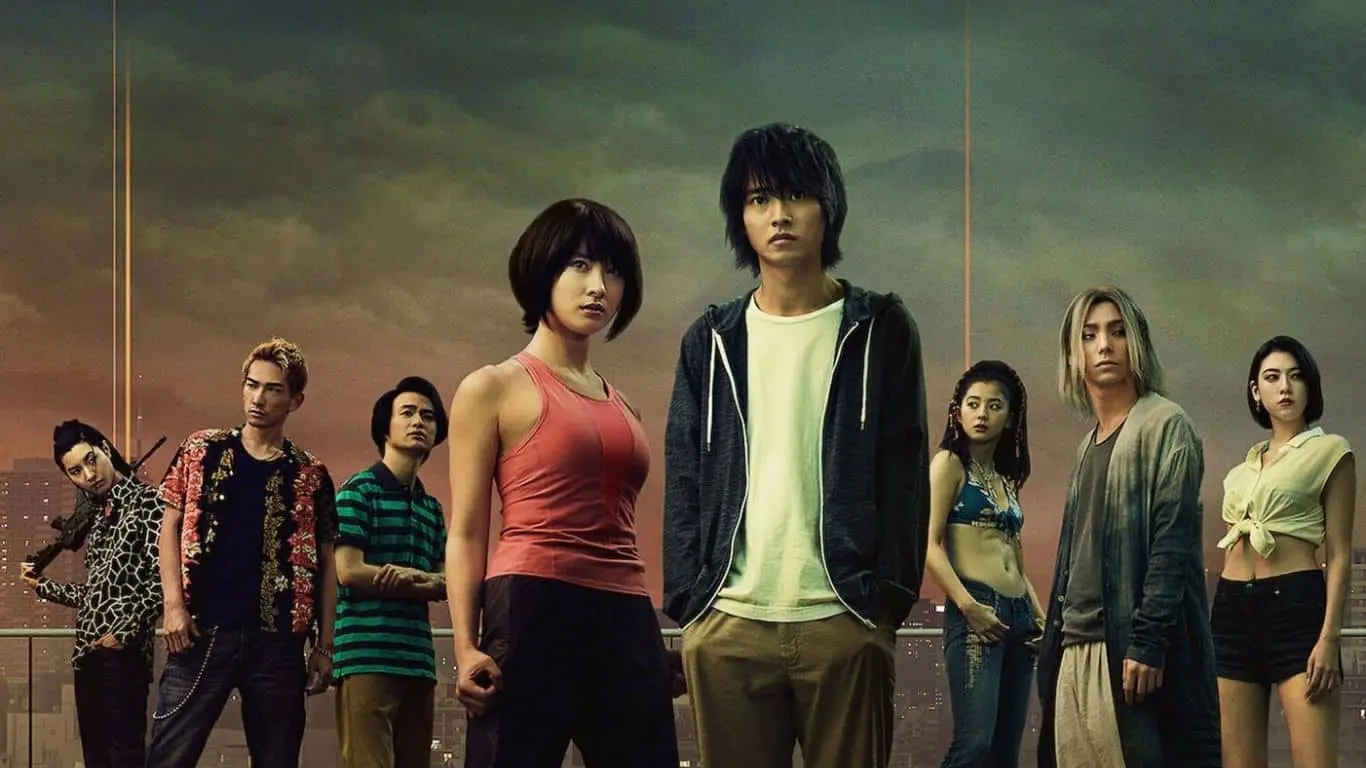
The “Alice in Borderland” Netflix series is a shining example of how to properly adapt an anime into live-action, standing out as an anomaly in a landscape often marred by disappointing attempts. Whereas the 2014 OVA fell short in both visuals and storytelling, the 2020 series brilliantly captures the essence of Haro Aso’s beloved manga. With its taut pacing, high-quality production values, and a gripping narrative, the show takes viewers on a thrilling journey through a deadly game in a deserted Tokyo.
Its ruthless but captivating plot elements make it accessible and exciting even for those who are new to the franchise or unfamiliar with anime altogether. This broad appeal has propelled “Alice in Borderland” to a level of international popularity that few live-action adaptations achieve, making it an ideal gateway into the franchise and a testament to the potential of anime-to-live-action adaptations when executed well.
“Rurouni Kenshin: The Legend Ends” (2014)

Under the direction of Keishi Ōtomo, the film elevates its storytelling by delving deep into Kenshin’s internal struggles and his unyielding resolve to protect those he loves. This emotional nuance adds layers to an already complex character, creating a visceral connection with audiences. The film’s action sequences are high-octane and skillfully choreographed, capturing the essence of traditional samurai sword-fighting.
Particularly noteworthy is the climactic duel between Kenshin and Shishio, an edge-of-your-seat confrontation that stands as a masterclass in action cinematography. This blend of emotional depth and breathtaking action makes “The Legend Ends” not just a satisfying conclusion to the trilogy but also a standout entry in the larger saga of live-action anime adaptations.
“Blade of the Immortal” (2017)
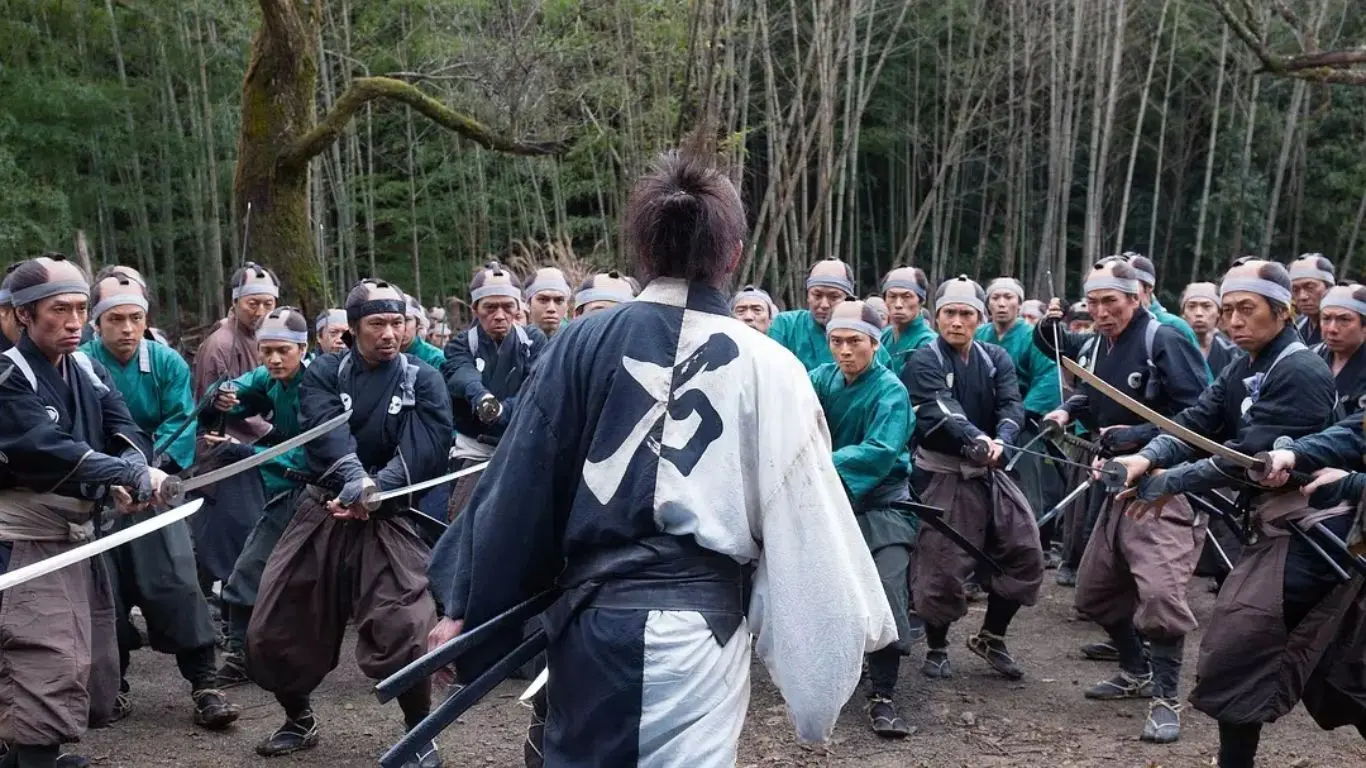
The film shines not just in its faithful adaptation but also as an evocative recreation of the Edo period, complete with meticulous set design and period-appropriate costumes. The narrative’s violent and gory elements are unflinchingly portrayed, intensifying the film’s visceral impact. Excellent casting further accentuates the story’s emotional and thematic depth, adding another layer of authenticity to an already compelling narrative.
Among anime-to-live-action adaptations, “Blade of the Immortal” sets itself apart as a standout entry, offering not just an entertaining experience but also an immersive historical spectacle that captivates both fans of the original manga and newcomers alike.
“Inuyashiki” (2018)
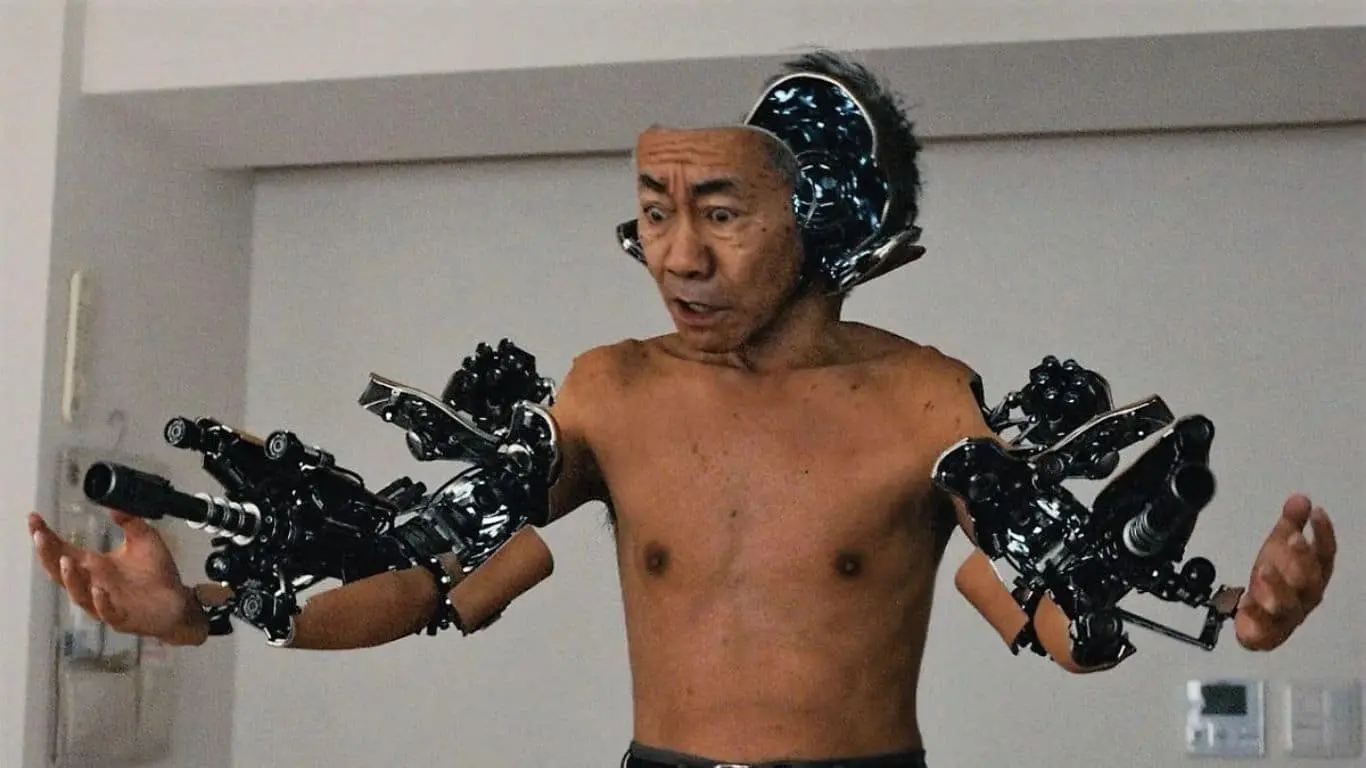
The live-action adaptation of “Inuyashiki” brilliantly succeeds where many others falter, capturing the essence of Hiroya Oku’s original manga and anime series while adding its own unique flair. Starring Noritake Kinashi as Ichiro Inuyashiki, an elderly man who gains superhuman abilities, the film is a compelling blend of science fiction and drama. Rather than simply showcasing the spectacle of his powers, the movie delves deeply into the ethical and emotional ramifications of newfound abilities.
It prompts viewers to ponder complex moral dilemmas and the true nature of heroism, setting it apart from more conventional superhero narratives. This thought-provoking approach allows “Inuyashiki” to resonate on an emotional level, making it a standout example of how live-action adaptations can not only honor their source material but also enrich it, offering audiences a deeper, more nuanced experience.
“Alita: Battle Angel” (2019)
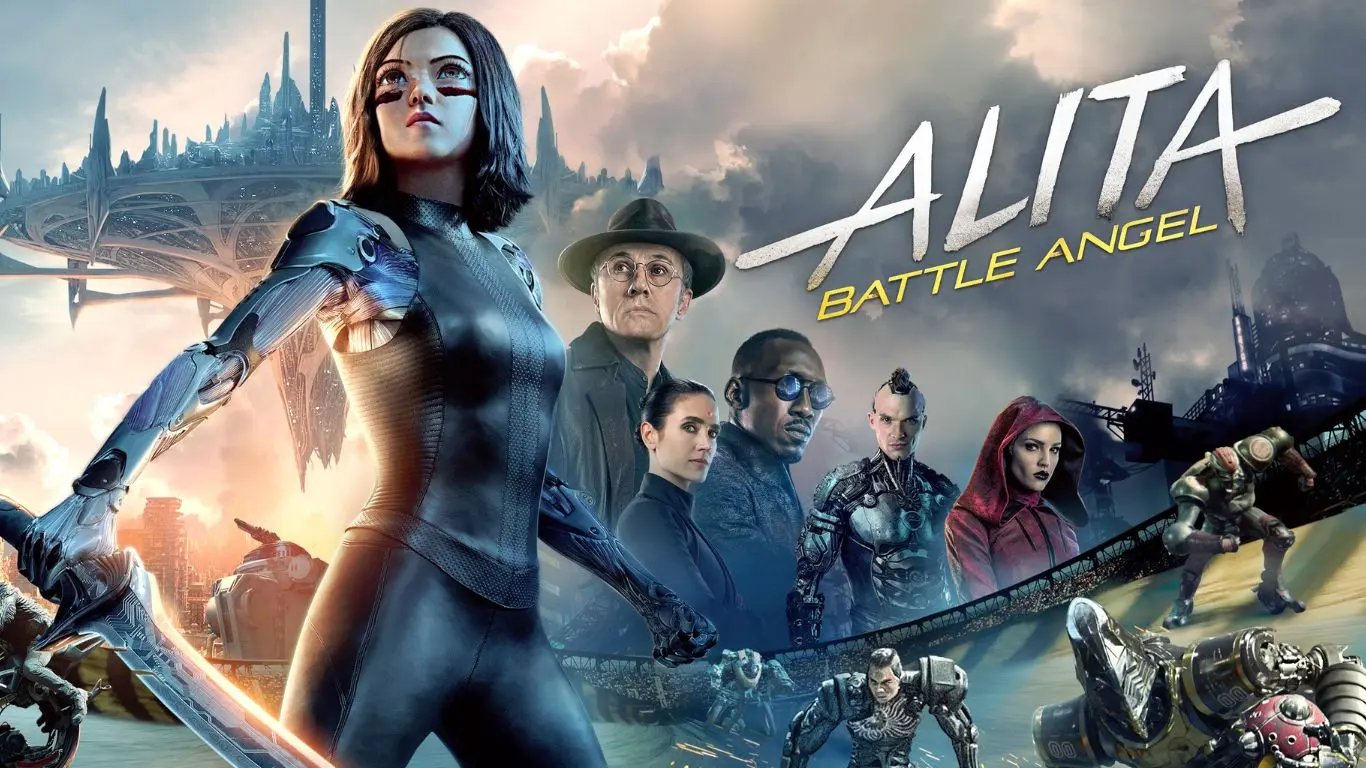
Directed by Robert Rodriguez and produced by James Cameron, the film leverages its substantial budget to deliver state-of-the-art visual effects that faithfully recreate the cyberpunk world envisioned by Yukito Kishiro in his ’90s manga series. Unlike its less successful anime counterparts, the live-action version captivated audiences with its stunning visual fidelity and attention to detail.
These qualities resonated even with the most ardent fans, many of whom consider the live-action to be the best adaptation of the source material to date. The film’s success is a testament to what can be achieved when the financial muscle of Hollywood is coupled with a respectful and authentic approach to adapting anime, marking “Alita: Battle Angel” as a high point in the landscape of live-action anime adaptations.
“Bleach” (2018)

The live-action adaptation of “Bleach,” directed by Shinsuke Sato and starring Sota Fukushi as Ichigo Kurosaki, managed to win over both fans and critics, a feat that not many anime adaptations can claim. A key factor in its success was the film’s loyalty to the source material, faithfully adapting the early story arcs that introduce Ichigo’s journey as a Soul Reaper. This commitment allowed for the seamless translation of iconic characters and battles to the big screen, capturing the essence of the world originally created by Tite Kubo.
Particularly noteworthy were the film’s action sequences, which skillfully adapted the manga’s dynamic sword fights in a way that felt both exciting and authentic. For fans of the anime and newcomers alike, the “Bleach” live-action film served as an engaging introduction to a beloved series, showcasing how effective adaptations can be when handled with care and respect.
“The Promised Neverland” (2020)
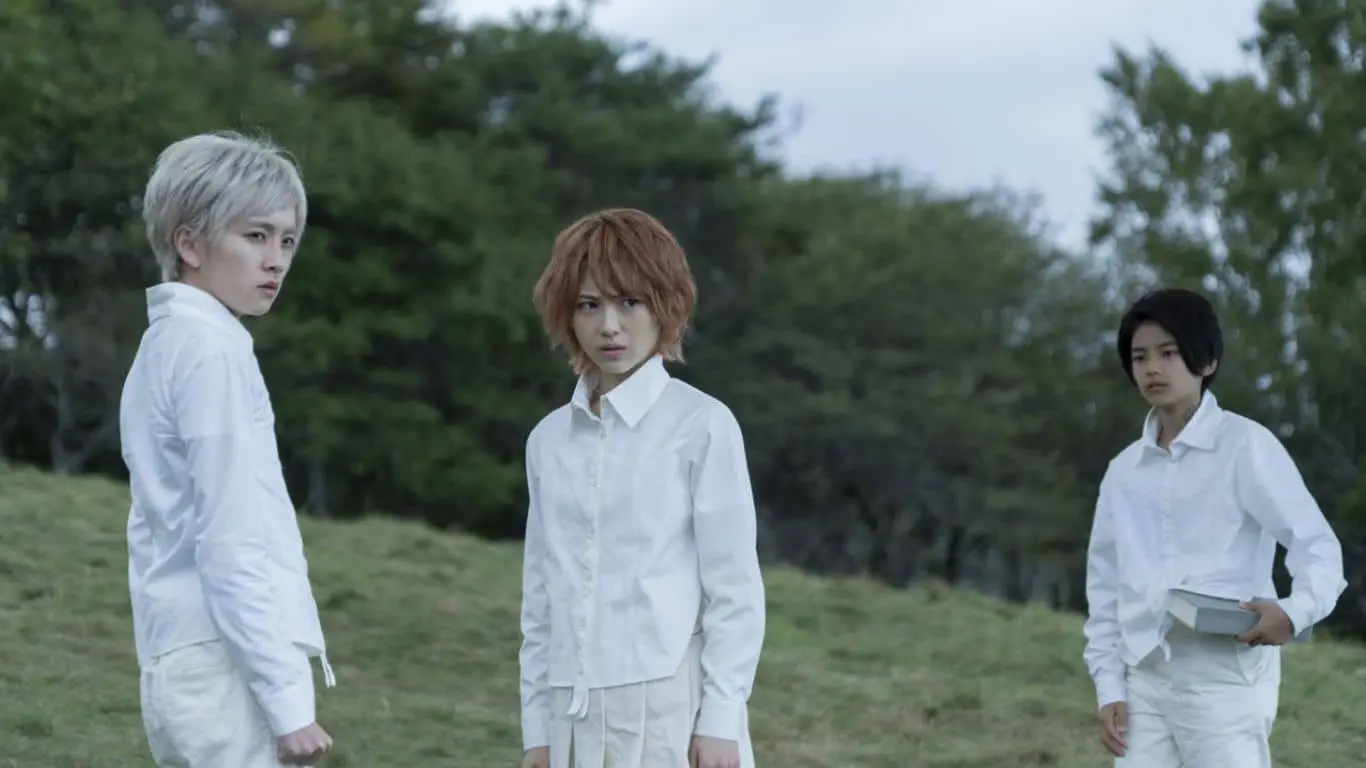
Directed by Yuichiro Hirakawa, “The Promised Neverland” live-action film successfully translates the tension and intrigue of its original manga into a compelling cinematic experience. Set in the sinister Grace Field House orphanage, the film follows Emma, Norman, and Ray as they discover the horrifying reality of their existence and make plans to escape. Thanks to strong performances from the young cast, particularly Minami Hamabe, Rihito Itagaki, and Jyo Kairi, the film captures the essence of the characters and the high-stakes atmosphere that fans love.
While the anime adaptation may have faltered towards its conclusion, the live-action version stands as a testament to the source material’s strength. It serves up a thrilling and emotionally charged narrative, proving that with the right approach, live-action adaptations can indeed do justice to their complex and beloved origins.
“Let Me Eat Your Pancreas” (2017)

The journey of “I Want to Eat Your Pancreas” from web novel to live-action film, and eventually to anime, showcases the flexibility and reach of modern storytelling mediums. While the anime adaptation from 2018 might be more recognized within anime circles, the 2017 live-action movie, “Let Me Eat Your Pancreas,” offers its own unique merits. What distinguishes the live-action film is its more detailed exploration of the story’s emotional complexities.
The narrative—revolving around a terminally ill girl and her unexpected friendship with a classmate—takes on an additional layer of poignancy when enacted by live actors, thereby capturing the weightiness of the subject matter in a manner that resonates deeply with audiences. This detailed and emotionally-rich adaptation showcases how live-action can sometimes enrich an anime or manga tale, offering a nuanced perspective that complements its source material.
“Nana” (2005)
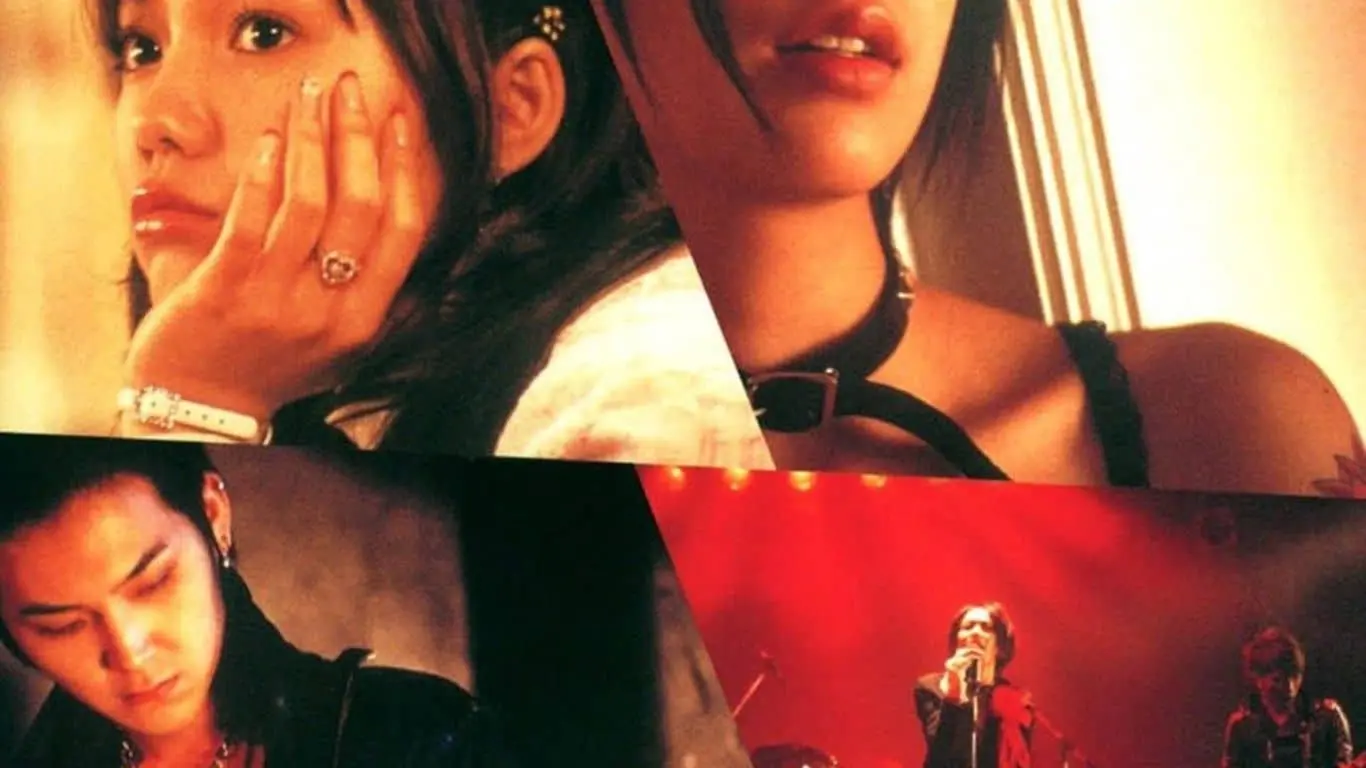
The live-action adaptation of Ai Yazawa’s “Nana” is a sterling example of how anime dramas rooted in reality can seamlessly transition to the big screen. Released in 2005, this film captures the raw emotion and intricate relationships of its source material, rendering an authentic portrayal of life’s complexities. While the story—centering on two women, both named Nana, as they navigate love, friendship, and personal growth—is compelling in its own right, it’s the performances of Mika Nakashima and Aoi Miyazaki that elevate the film to a higher emotional plane.
Their nuanced portrayals breathe life into the characters, enriching the story’s emotional beats and capturing the essence of the original manga. Thanks to its grounded story and standout performances, “Nana” stands as a beacon of what live-action adaptations can achieve when done with fidelity and emotional resonance.
Also Read: 10 Anime Heroes Who Became Villain



